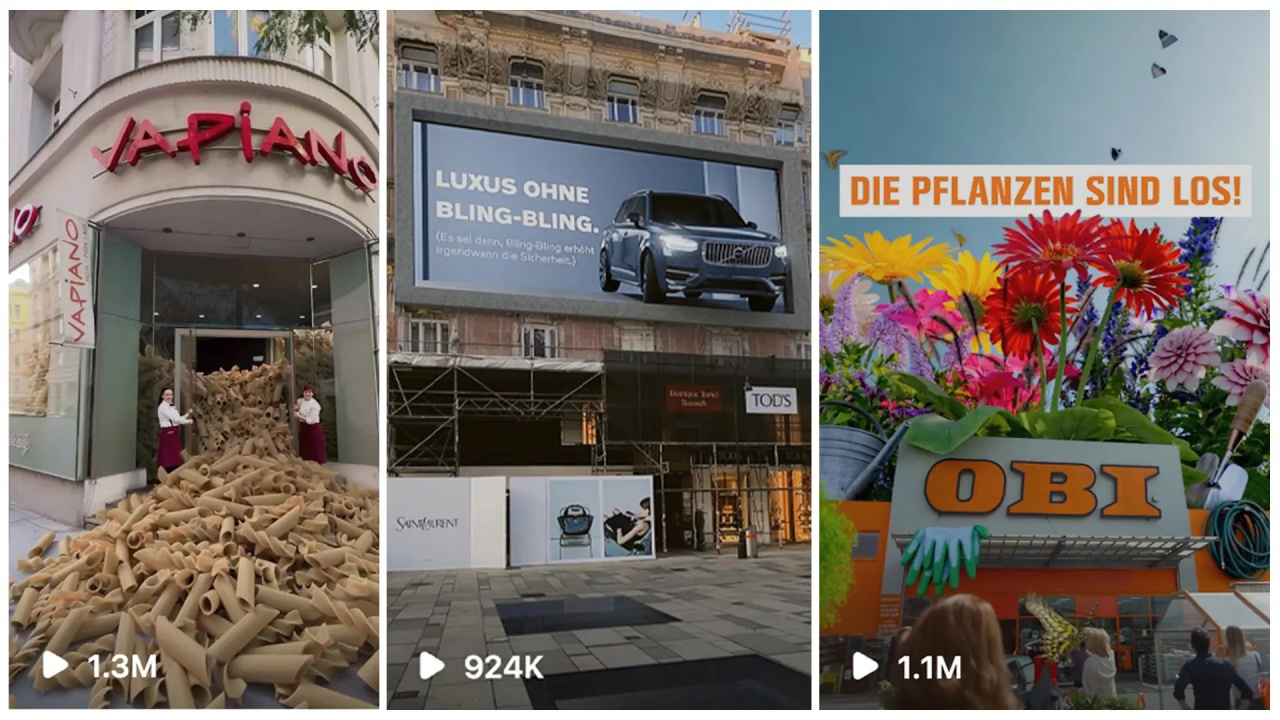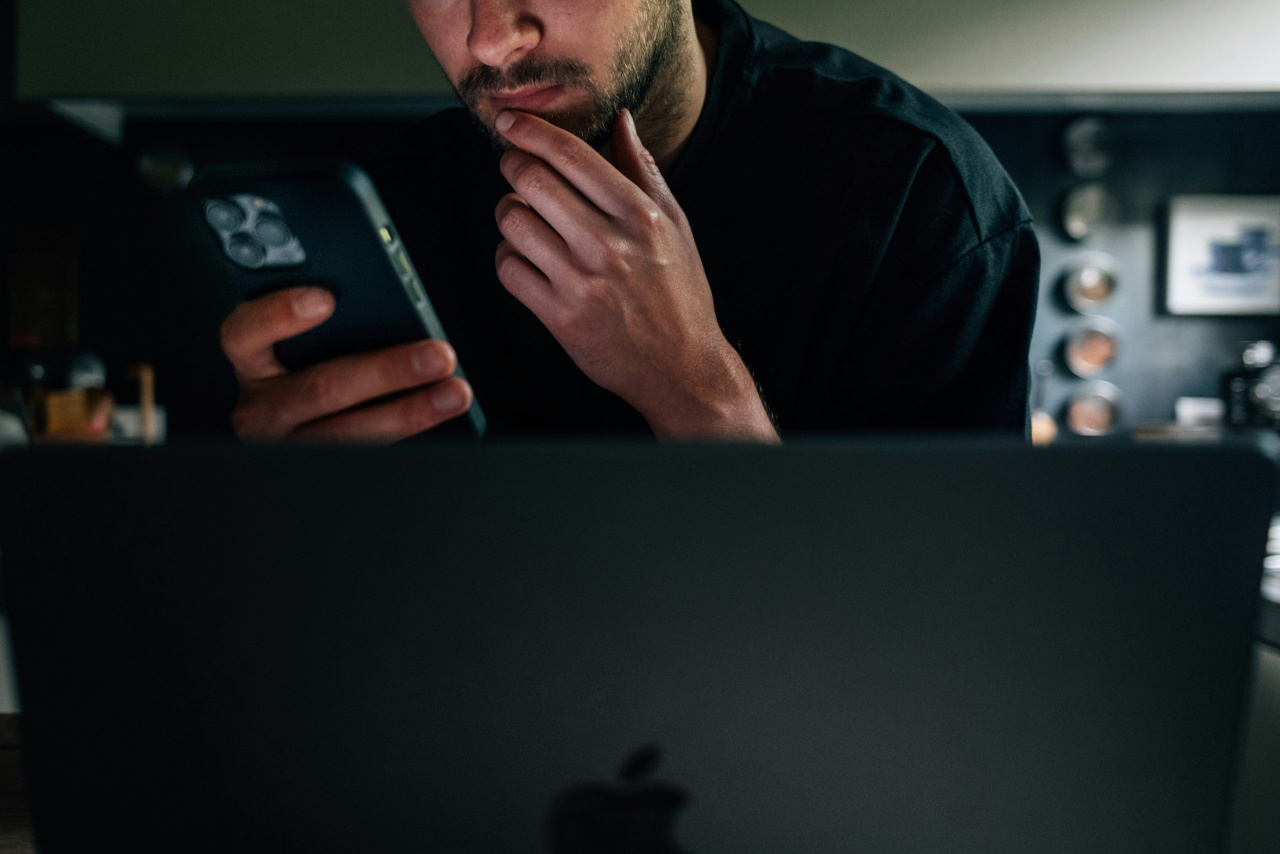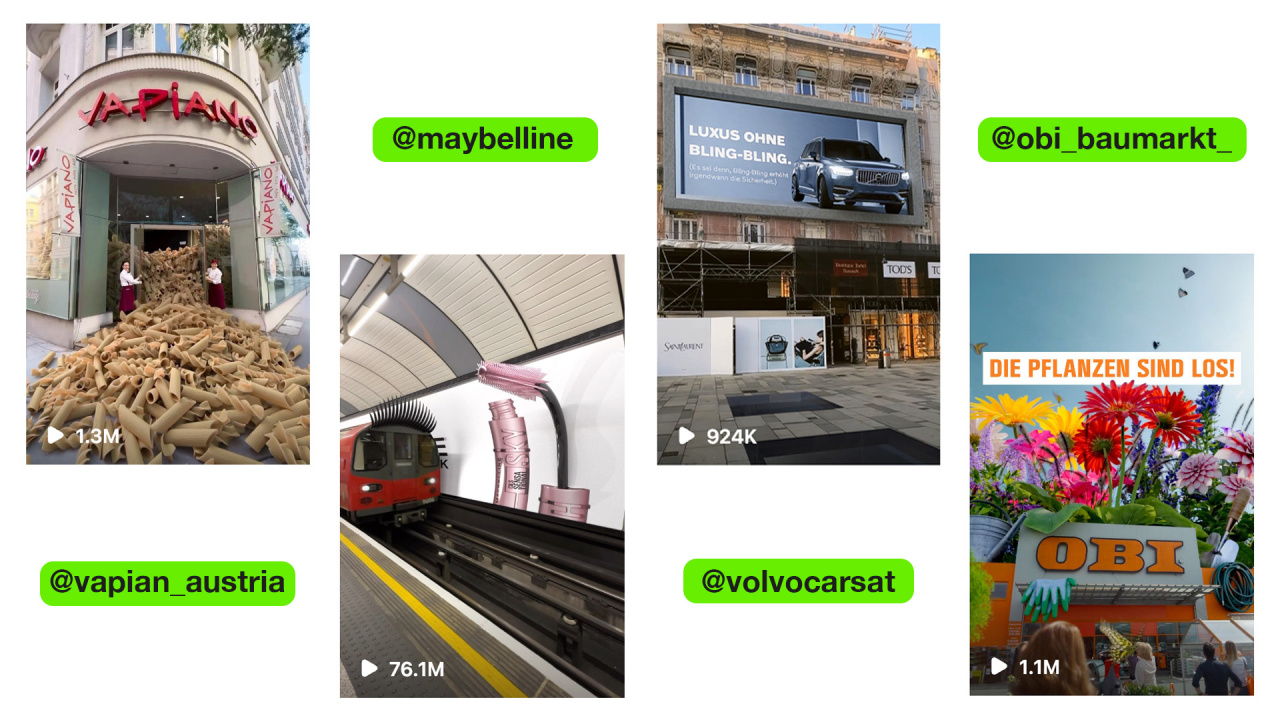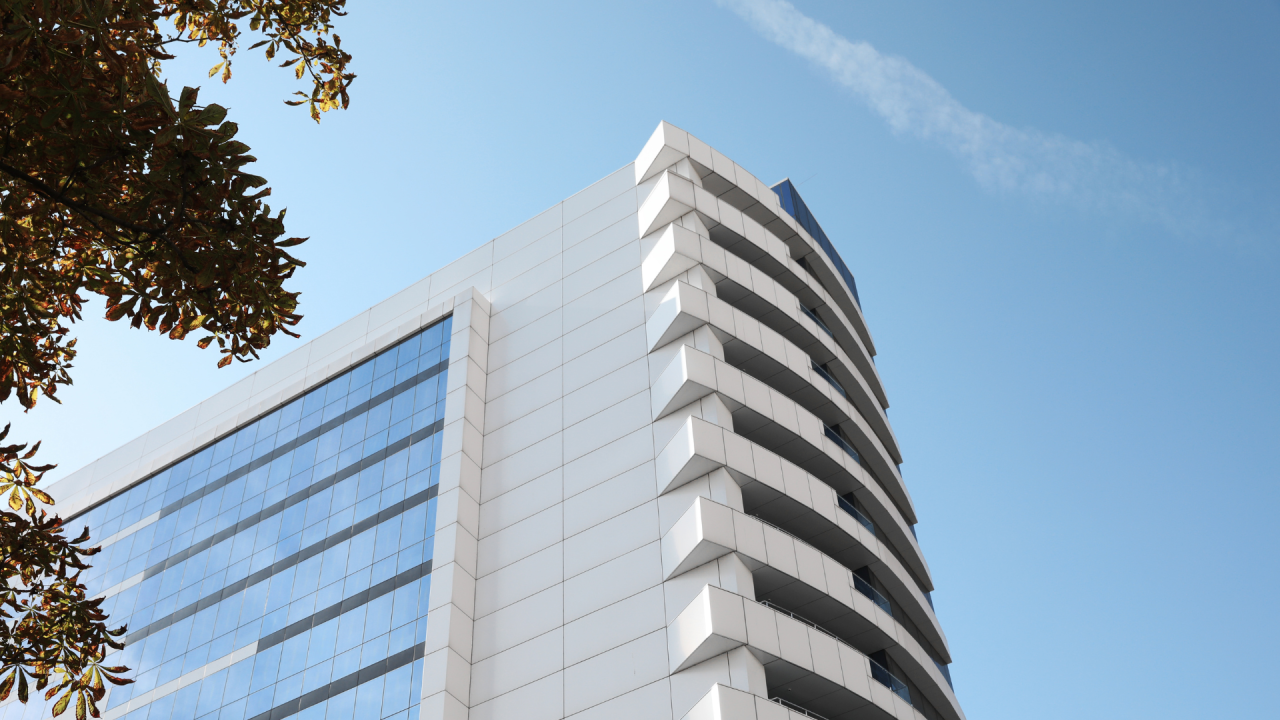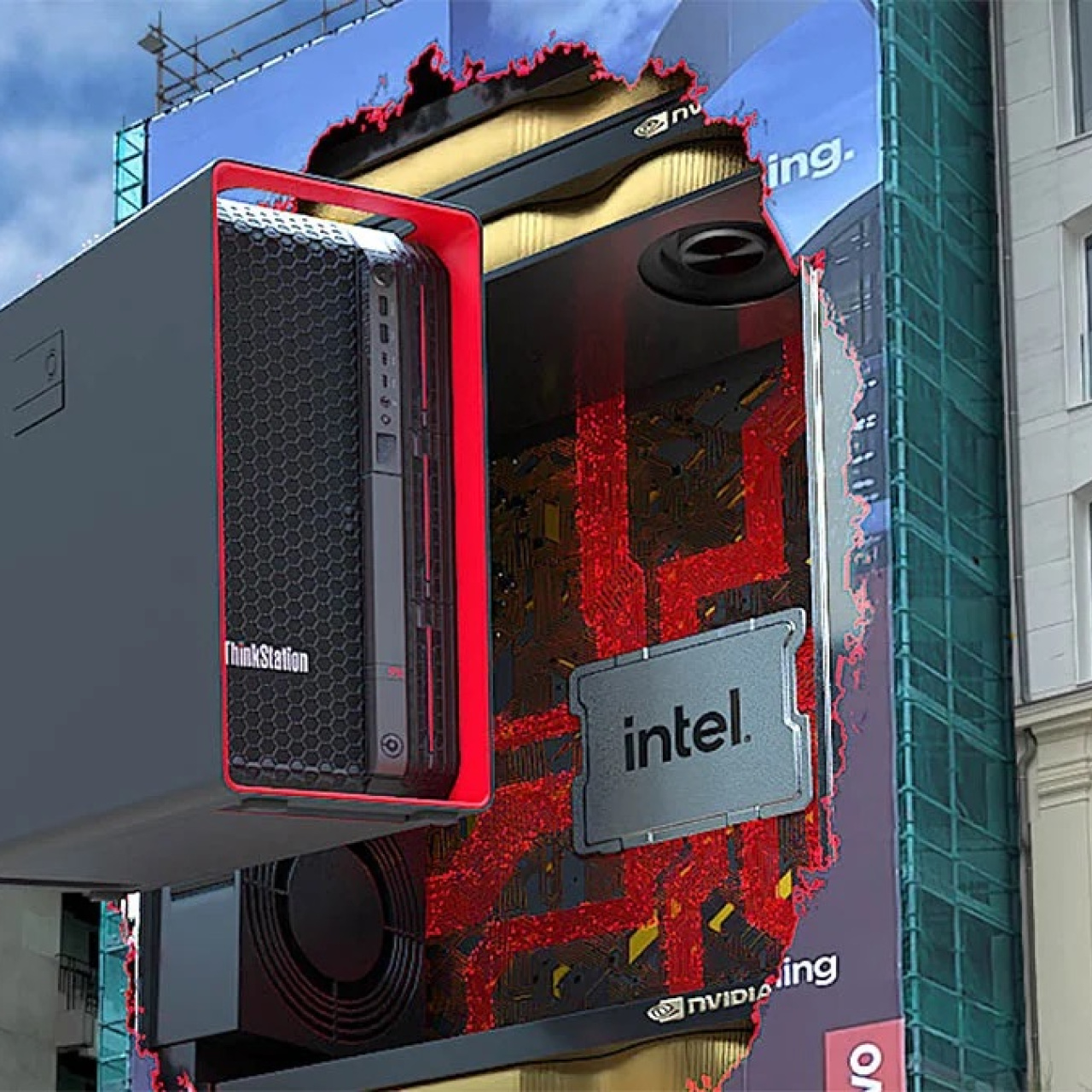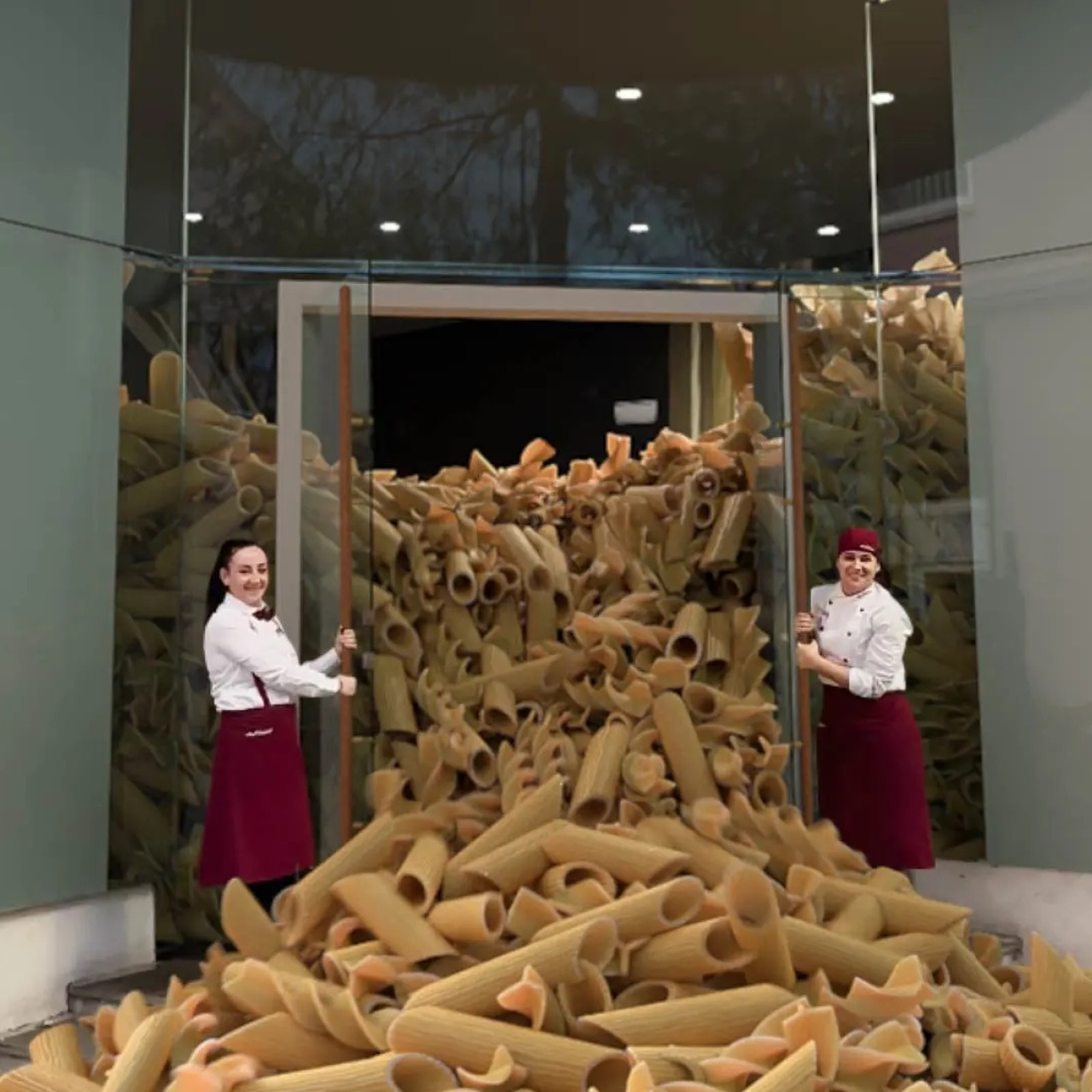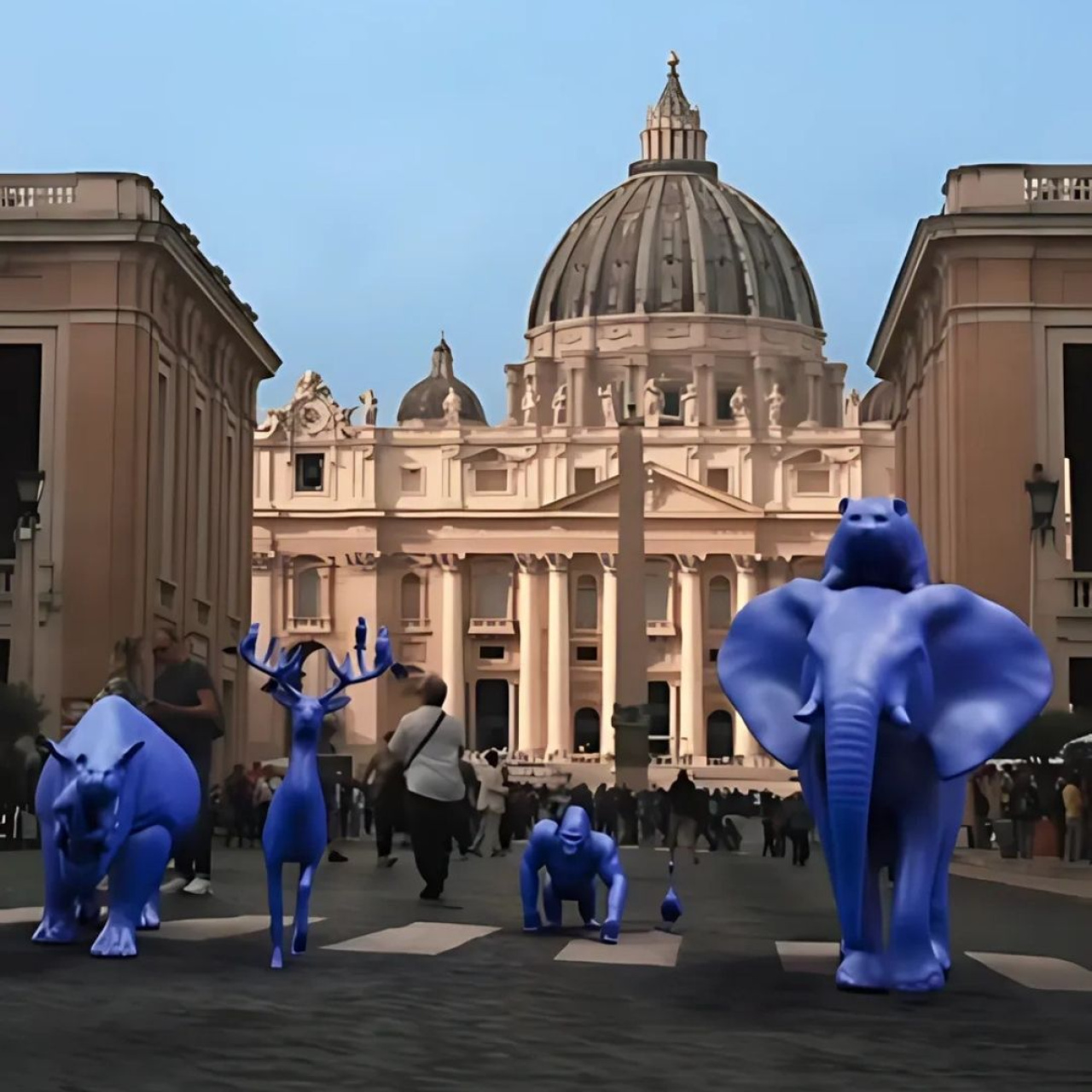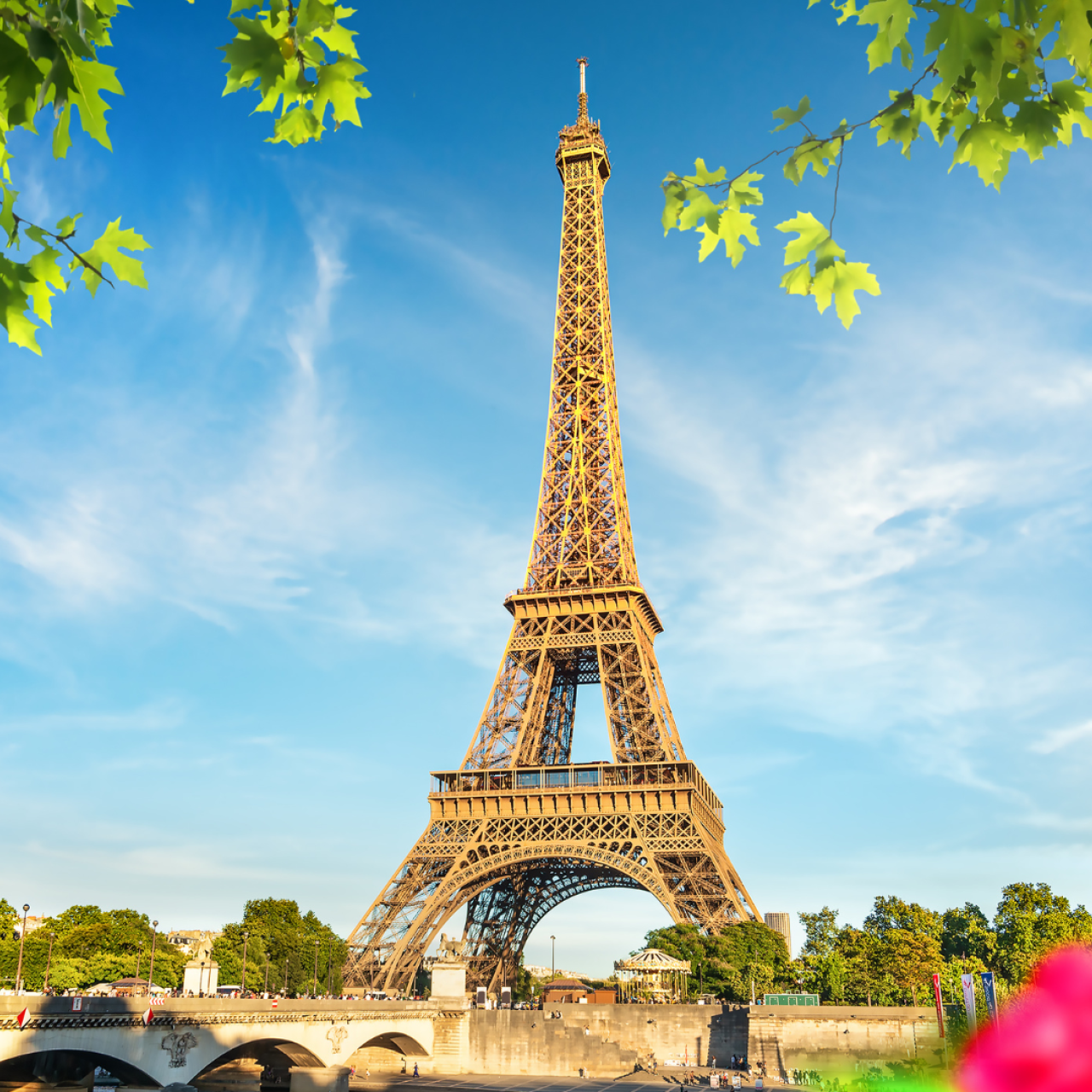Table of Contents
In the last two years Fake Out of Home (FOOH) advertising has become a pivotal element in innovative marketing strategies. This new “mixed reality” take on traditional out-of-home advertising has significantly shifted how brands interact with consumers.
With the world constantly evolving, staying ahead of the curve and understanding the latest trends is essential. We all know out-of-home (OOH) advertising, but what exactly is Fake OOH advertising?
In this guide, we will explore Fake OOH advertising's potential for success in marketing in 2025. From understanding its basics to exploring examples and best practices, this guide will equip you with all the necessary knowledge to help you stay on top of your advertising game.
What is Fake Out of Home Advertising?
Contrary to out-of-home (OOH) advertising, which involves the physical placement of ads in public spaces like billboards, bus stops, and digital screens, FOOH advertising is entirely digital. This unique type of advertising is primarily seen on social media platforms such as reels, stories, TikTok, YouTube shorts, and other short-form video content.
It combines actual video footage (often using well-known outdoor locations and sights) with computer-generated 3D elements.
The video below illustrates the process how an FOOH ad is put together.
Other terms often used to describe this type of advertising include virtual out-of-home (VOOH), manipulated out of home videos, and mixed reality videos. These terms highlight the use of technology to create an illusion of physical advertisements in real-world locations.
FOOH ads aim to grab your attention immediately and retain it throughout. This is why the format often incorporates famous landmarks, monuments, and other iconic or recognizable locations, such as the Eiffel Tower or Burj Khalifa, into the base video material.
It should be noted, however, that shooting video footage at these locations can be costly or might require special permits, so it's not as easy as it may seem. This is where the magic of working with a 3D animation team comes into play — as they often incorporate this legal aspect into their work and the services offered.
The Impact of Fake Out Of Home Advertising: Why is it important?
You've probably seen that viral ad from Maybelline, where a train with gigantic eyelashes in the front passes through a huge mascara wand in the New York subway. And you may have thought to yourself, "Wait, did they actually do that?"
The answer is no. It's all Fake Out Of Home advertising!
One of the main reasons FOOH is so popular and works so well now is that it holds an element of surprise and disbelief. When we see something that seems impossible or out of the ordinary, it captures our attention and leaves a lasting impression.
In today's world, where attention is money, that couple of seconds where your audience is left wondering, "Is this real?" would be enough to make them engage and, ultimately, remember your brand.
And no, the Maybelline campaign wasn't just a one-time success. Many other brands, such as Jacquemus, F1, and Samsung, have also successfully used FOOH in their marketing campaigns. If you want to know what these successful FOOH ads did right to create effective and impactful ads, read this article.
How Marketing Agencies Can Leverage Fake Out Of Home Advertising
As a marketing agency, you can leverage fake out of home advertising to enhance your campaigns and generate value for your clients. Here are three ways you can benefit from using fake out of home advertising:
1. Versatility and testing capabilities
Fake out of home advertising offers endless possibilities for creativity and experimentation. You can place any design or message into your video footage, and if the initial idea doesn't work, you can easily change it as long as it stays within your budget.
Once you’ve cleared the legal guidelines, you can now use any location as a base for your video, whether it's a famous landmark like the Eiffel Tower, a local store, or a Billboard. This is especially helpful when your brand caters to a specific audience.
When working with us, we incorporate legal research in the process.
2. Cost-effective
With fake out of home advertising, you can create the illusion of a large-scale advertising campaign without the high costs. While still requiring a significant investment, FOOH can be a more budget-friendly alternative to traditional OOH solutions at scale, especially for emerging brands or those with limited budgets.
You can reuse your 3D animations, simulations, etc., in different scenes, making it a versatile and cheaper option for running multiple campaigns, maybe even worldwide. The same scene can also be used for other products. If you need to A/B test, which design or message resonates better with your target audience?
No problem. Just adjust the scenes in your video accordingly and see which version performs better! This flexibility can offer significant cost savings for your agency and your clients without compromising the impact of your campaigns.
3. Increased engagement and brand awareness
Because FOOH ads are short-form and attention-grabbing, they are highly shareable and can quickly go viral on social media platforms. The result? Over millions of views, increased brand awareness, and potential new customers for your clients.
With the rise of short-form content and the increasing competition for consumer attention, fake out of home advertising can be a game-changer for marketing agencies looking to make an impact in today's crowded advertising landscape.
How Big Brands Can Harness the Power of Fake Out Of Home Advertising
FOOH ads are the new hot thing in the advertising world, and big brands are taking advantage of the opportunity to leverage their power, too. From luxury brands to tech giants, here are some examples of successful fake out of home advertising campaigns by big brands recently:
1. Apple's Pink Pop-Up
In 2023, Apple used FOOH to create a pop-up ad for their new iPhone 15 in the heart of New York. The ad featured an opening shot of someone using the Pink iPhone on a reflective surface, then panning out to reveal a giant glass enclosure with huge pink balls slowly spilling into the streets.
This campaign generated many interactions on social media, with over 7 million views and 4 thousand shares on Instagram. Using a creative and eye-catching FOOH ad like this, Apple successfully marketed its pink (new color) iPhone to its audience and the public.
2. Hugoboss Double B Monogram
To promote their new Double B Monogram collection, Hugoboss used FOOH in Shanghai to project three huge sunglasses with the iconic Double B monogram logo onto a street sign that served as a rotating display.
This campaign garnered over 3 million views on social media, thus increasing brand awareness and driving potential customers to Hugoboss and the new collection.
3. Vapianos Noodels
To promote World Pasta Day, Vapianos used FOOH ads to promote a discount on their pasta dishes. In the ad, the viewer first sees gigantic spaghetti on large pasta drying racks in front of the Vapiano facade.
Panning to the right, two Vapianistas come into the frame and hold the doors to the Vapiano facade open, causing the mountain of pasta inside to pour onto the streets. This campaign received over 2 million views on Instagram, effectively promoting Vapianos and their World Pasta Day deal in locations all over Austria.
Potential Challenges of Fake Out Of Home Advertising
One of the primary concerns you'll often encounter when it comes to using fake out of home advertising is how communication can primarily affect the creation of your ad. You're making up something that doesn't exist in the world — which can not just be challenging to produce but to visualize and conceptually communicate as well to others.
Creating a "test video" isn't necessarily ideal, either, as this can be expensive and time-consuming. And if you're running a marketing campaign, you may not always have the luxury to experiment and fine-tune your ad until it's perfect.
To address this issue, we at rendersnek our 3D animation studio prioritizes your idea and vision above everything else. We do this by making your concept as straightforward as possible through visual support, like photo montages, AI image generation, and a clear storyboard or text of what you intend to achieve.
This approach helps eliminate potential misinterpretations and ensures your ad accurately communicates your desired message to your target audience. Knowing how crucial it is to get this right, we'll likely have at least one meeting or call to discuss your project's details and walk you through the creative process.
If you want to know more about our process and how to make viral fake out of home ads, read our article. If you have a question or maybe already have an idea, don’t hesitate to brief us.
FAQs about Fake Out of Home Advertising
1. What is the difference between Fake Out Of Home advertising and Out Of Home advertising?
The difference between these two already lies in the names themselves. OOH advertising refers to physical advertisements like billboards, posters, and TV commercials.
On the other hand, Fake Out Of Home advertising utilizes computer-generated imagery (CGI) in real video footage, resulting in a typically 10 to 15-second video in a 9:16 FHD Format. In short, a traditional OOH ad is physically present, while you’ll only see fake OOH ads in your social media feeds.
2. How does digital Fake out of home advertising work?
Digital Fake OOH advertising uses CGI, such as 3D animation or just a 3D object, and combines it with real-world video footage. Think of any sci-fi movie where CGI is used to create a realistic explosion in a place like New York—the same concept applies here.
It works by shooting footage in an actual location and then recapturing that scene in a 3D environment. The animation and other elements are then seamlessly tweaked and added; the real-world footage is merged with the CG-Layers to create a realistic and surprising product.
3. How much does creating a Fake OOH ad actually cost?
The cost of creating a fake OOH ad can vary depending on the complexity of the final product and the resources needed to produce it.
Factors that can influence the cost include:
- The complexity of the 3D elements, animations & simulations
- Location scouting and permits for filming
- Post-production editing and effects
- Actors necessary
4. How long does it take to create a Fake OOH ad?
Creating a fake OOH ad, from the initial concept to the final product, can take anywhere from a few weeks to several months. Think of it as a mini-movie production, with all the planning, filming, and editing involved, the more assets needed, the longer it will take.
One single asset with the specs 9:16, 10-15 seconds, and “one shot” is usually done within six weeks when the ideation is final.
Ready to captivate your audience with something genuinely unforgettable or have any ideas you want to bring to life? Contact us, and let's make it happen.
